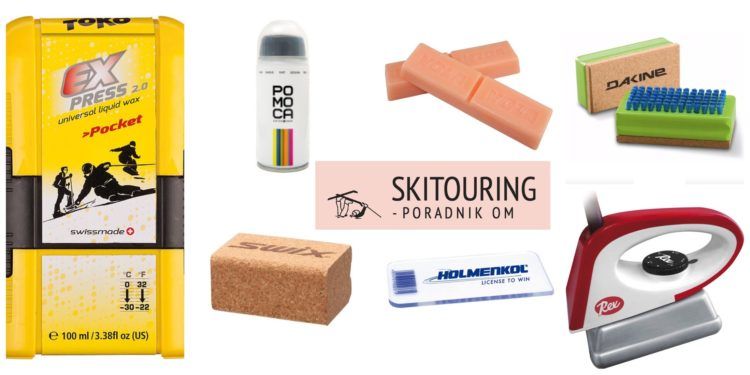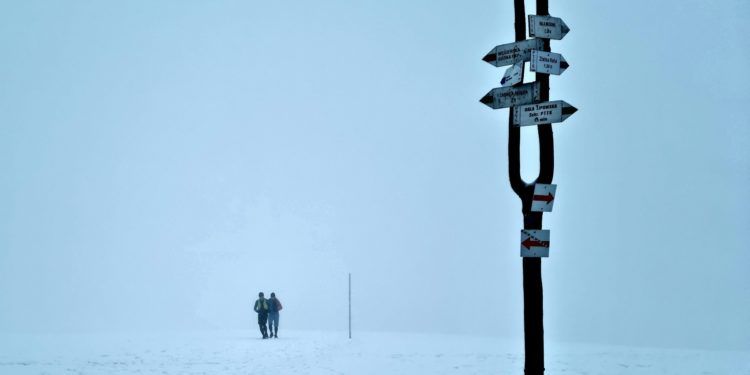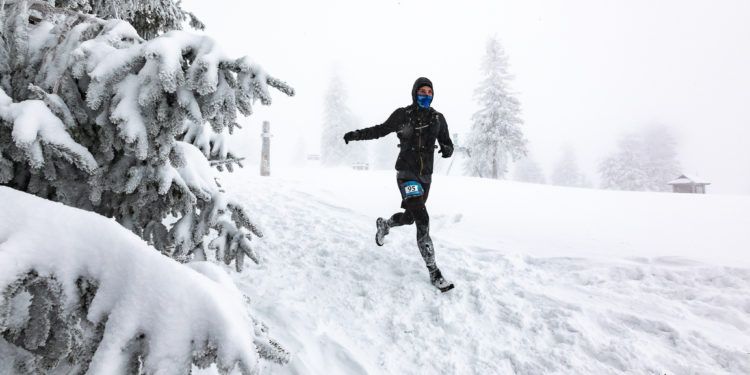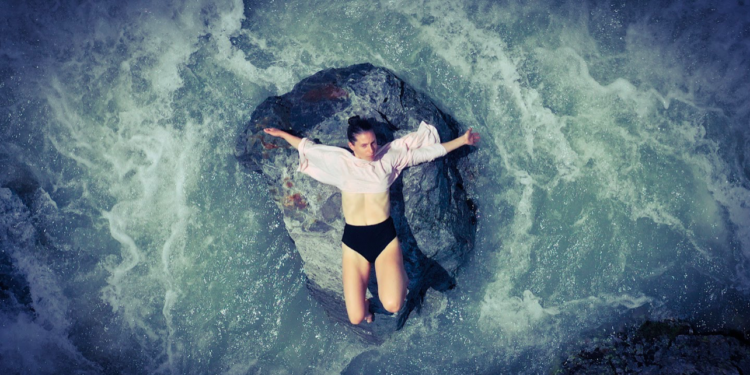Skitour service – do it yourself
If we want our skitouring equipment to be in good working order and serve for as long as possible, the most convenient and reliable solution is to use the services of specialized service centers. However, if you like to deal with such matters with your own hands, we suggest how to carry out basic service operations yourself. Here is our guide „Skydiving service – do it yourself”.
Skis
The easiest treatment we can do at home is to lubricate the sliders. It is unlikely that we will be able to achieve a durability similar to that of the service, but the operation can be repeated many times during the season – without major costs.
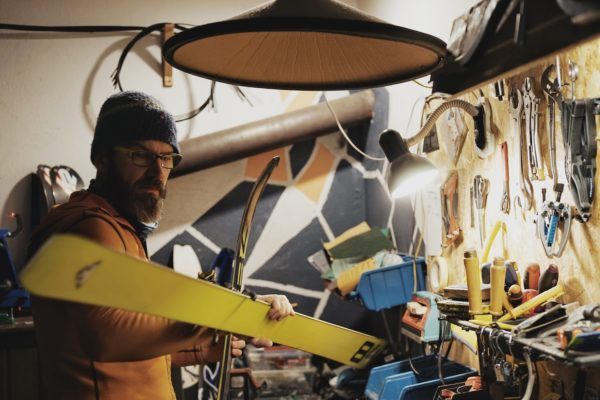 A visit to a professional service center is unavoidable, but during the season you can take care of some things yourself (photo). outdoormagazine.pl)
A visit to a professional service center is unavoidable, but during the season you can take care of some things yourself (photo). outdoormagazine.pl)
Lubricating skit skis is a bit different from lubricating downhill skis, because we glue seals to the slides. For this reason, fluorinated lubricants should not be used. Lubricants of this type are also harmful to the environment, so we do not recommend using them under any circumstances. The safest and best solution, therefore, will be fluorine-free and biodegradable new-generation greases or traditional paraffin lubricants.
Cold lubrication
This is a simpler way, but also less effective, less durable, and thus ultimately more expensive (the operation must be repeated more often). There are many lubricants of this type available on the market, and manufacturers usually include the necessary plug or sponge for application – depending on the type of lubricant, after applying it, we rub it in or collect the excess with a cloth.
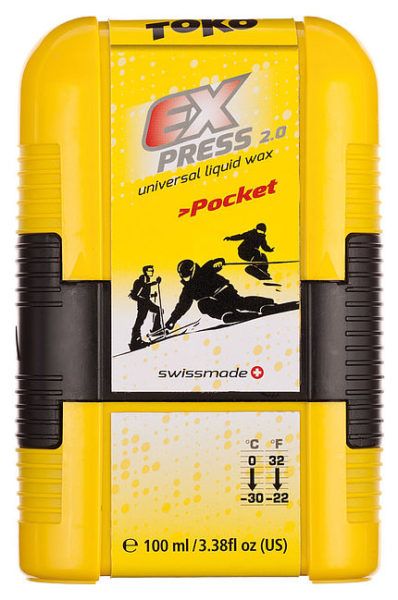 The popular and versatile Toko brand ski grease. „Skydiving service – do it yourself” (photo. toko.ch)
The popular and versatile Toko brand ski grease. „Skydiving service – do it yourself” (photo. toko.ch)
A convenient alternative is spray lubricants. This is what it looks like to lubricate skis using them (note the video is heavily commercial, but shows step-by-step what and how):
Hot lubrication
More time-consuming and complicated, it also requires having the right tools. This is quite a lot of downside, but the effect is definitely better and more durable.
- Cleaning the slide. Using special agents and/or a hard nylon brush, clean the slides from the residue of old grease and dirt.
- Application of grease. Set the iron for grease application (optimal situation) to the temperature recommended by the grease manufacturer. Dissolve grease on the iron plate and spread it zigzag and evenly over the glide.
- Lubrication. We spread the lubricant with continuous movements of the iron, do not press – the weight of the iron is enough. After spreading, we wait 5-10 min. (or according to the manufacturer’s recommendations) until the grease reaches room temperature.
- Sanding. When the grease solidifies, remove the excess with a Plexiglas scraper. First we collect the grease from the edges, then from the beaks to the heels.
- Brushing. Also from the beaks to the heels, brush the slides with a nylon brush until the grease stops “coming out” of the ski.
Finally, we can polish the slides with fiberlene paper or a cloth designed for polishing. Steps 2-5 can be repeated by applying a second coat, to consolidate the effect.
An interesting alternative to lubrication with an iron is a wool roller mounted to a regular drill:
Wet seals hold less well and like to freeze. These phenomena are certainly unfavorable, so seals should be impregnated. And in this case, a professional service will probably do a better job, but we can also try to refresh the waterproofing ourselves from time to time.
There are many seal impregnants/lubricants available on the market, and the safest way to use them will be to use them all. All preparations are applied and brushed with bristles.
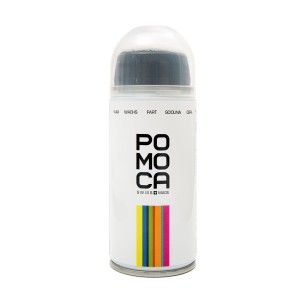 One of the easy-to-use seal waxes (fot. Aids)
One of the easy-to-use seal waxes (fot. Aids)
The second way, which requires a bit of skill, is to use grease and iron for the slides. In this case, slightly over-melted grease is applied evenly to the seal (always with hair), remove excess wax with a cycler, and then drag with an iron set to minimum heat. Finally, we brush with a nylon brush.
Bindings
As long as they do not break down they do not require service. However, to prolong their life you can turn the DIN force adjustment to zero after the season. However, it is not an indispensable procedure.
Skydiving boots are subjected to constant friction and impact, both when walking and descending. Regardless of the make and model you have, they will inevitably wear out over time. It is a good idea to check the condition of key components from time to time, such as:
- insterts on the front and back of the boot,
- buckles and straps,
- laces (if the boot has them),
- ski/walk switch
- Boot material at the tongue, heel, and toe.
Most shoe damage will be easier to repair if we spot it at the first stage. Of course, any repairs (except maybe replacing laces) must be done by a professional service provider.
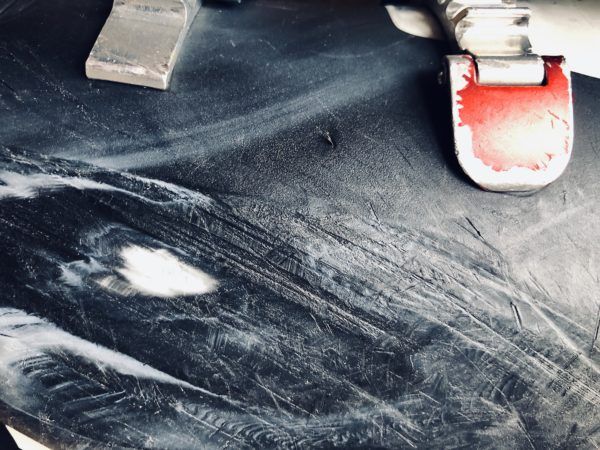 Inspection of boot wear (photo outdoormagazine.pl)
Inspection of boot wear (photo outdoormagazine.pl)
After the season, the shoes can be lightly fastened to keep their shape and disinfected with a special agent. However, these are rather cosmetic procedures.
